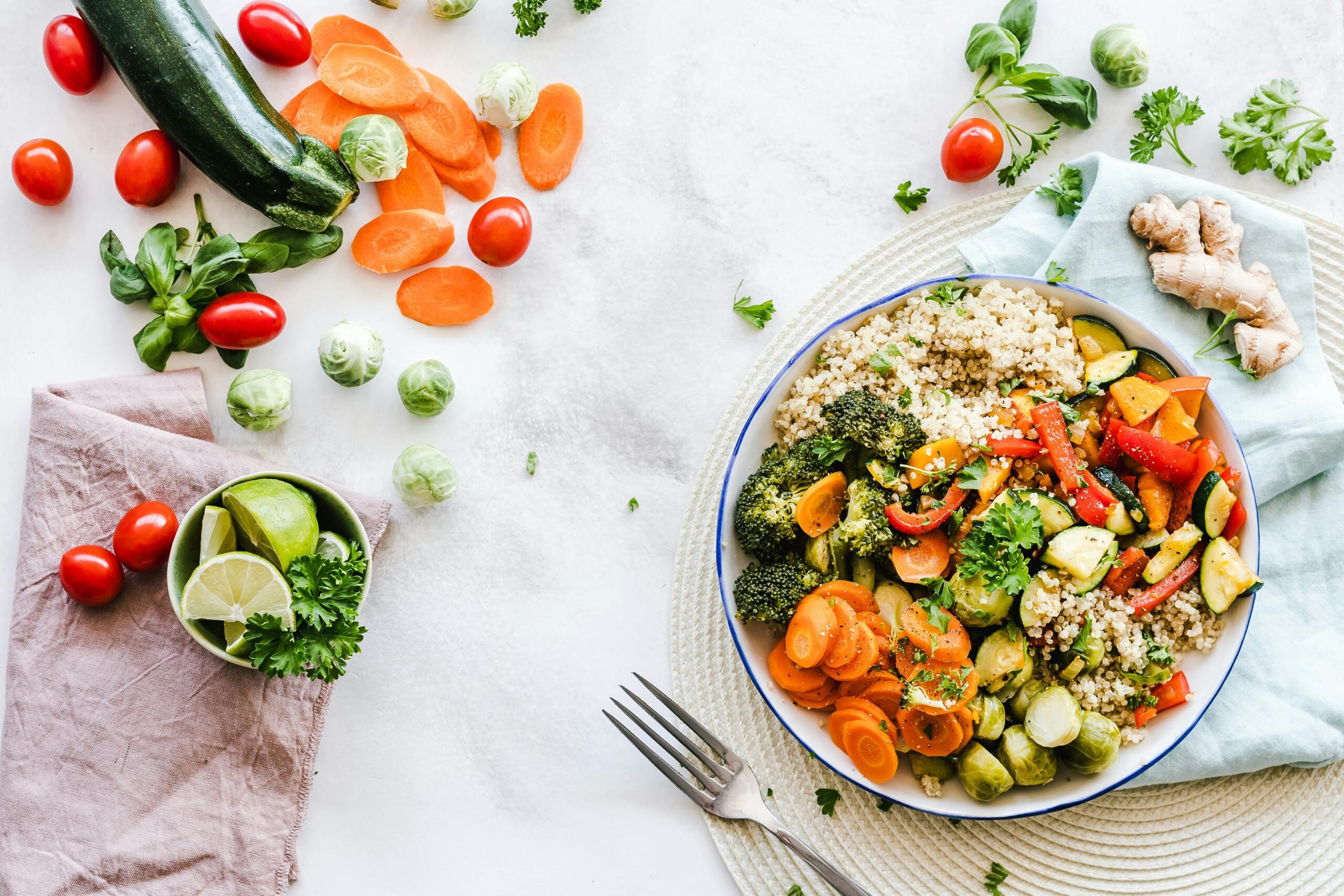From açai bowls flooding Instagram feeds to kale being hailed as the king of greens, “superfoods” have become one of the most overused buzzwords in health and wellness. But what does the term mean, and do these foods live up to the hype?
Superfoods are often described as nutrient-dense foods that provide exceptional health benefits. While there’s no official scientific definition, marketing campaigns have elevated certain ingredients to near-mythical status. But not everything labeled a superfood deserves the crown and many everyday foods are just as powerful, if not more so.
In this article, we’ll unpack the truth behind superfoods: what they are, what science says about them, and how to make smart, balanced choices without falling for hype. You’ll also discover practical tips and easy swaps that can help you reap the benefits of superfoods without breaking the bank or buying into fads.
1. What Are Superfoods?
The term “superfood” is largely a marketing construct rather than a scientific category. It refers to foods that are rich in vitamins, minerals, antioxidants, and other nutrients that may offer specific health benefits. Commonly celebrated superfoods include:
– Blueberries
– Chia seeds
– Kale
– Turmeric
– Matcha
– Salmon
– Quinoa
While these foods are undeniably nutritious, the label can be misleading. A 2021 report from the European Food Information Council emphasized that no single food, no matter how nutrient-packed can provide all the nutrients your body needs.
Expert Insight: “The real power lies not in a single food, but in the pattern of what you eat,” says Dr. Walter Willett, professor of nutrition at Harvard T.H. Chan School of Public Health.
Takeaway: Superfoods are healthy, but they’re not magical. The key is to incorporate them into a well-rounded, varied diet.
2. Behind the Hype: What Science Supports and What Doesn’t
Let’s break down the claims versus the reality for some popular superfoods:
Açai Berries
Claimed to boost energy, slow aging, and promote weight loss. While açai is high in antioxidants, there’s limited evidence to support its superiority over other berries like blueberries or blackberries.
Turmeric
Praised for its anti-inflammatory effects due to curcumin. Research does support turmeric’s role in reducing inflammation, particularly in people with arthritis, but it must be consumed with black pepper or fat for better absorption.
Chia Seeds
Loaded with omega-3s, fiber, and protein. Backed by research, chia seeds can support heart and digestive health when consumed regularly as part of a balanced diet.
Actionable Tip: Don’t rely solely on trending items. A bowl of local berries, flaxseeds, or spinach can deliver equal (if not better) results at a fraction of the cost.
3. Everyday Foods That Deserve the Superfood Spotlight
You don’t need exotic ingredients to eat like a nutritionist. Many “ordinary” foods provide exceptional health benefits and are often more affordable and accessible.
Examples:
Broccoli: High in fiber, vitamin C, and cancer-fighting compounds.
Oats: Rich in beta-glucan fiber, which lowers cholesterol.
Beans: Packed with protein, iron, and gut-friendly fiber.
Apples: Full of polyphenols and supportive of heart health.
Real-World Example: A 2023 study from The American Journal of Lifestyle Medicine found that people who consistently ate legumes and leafy greens (not necessarily trendy foods) showed significantly reduced markers of chronic disease risk.
Actionable Tip: Prioritize nutrient-rich foods you enjoy and can easily add to your meals. A humble bowl of lentil soup can be just as powerful as a pricey green juice.
4. Superfood Myths That Could Be Costing You
The idea that more expensive or rarer equals healthier is a dangerous myth. Here are a few misconceptions to watch out for:
Myth 1: Fresh is always better than frozen.
Truth: Frozen fruits and vegetables are often picked at peak ripeness and can contain more nutrients than fresh items that have traveled long distances.
Myth 2: Superfoods will “detox” your body.
Truth: Your liver and kidneys handle detoxification. No food or smoothie can do that for you.
Myth 3: Exotic equals superior.
Truth: Quinoa is a fantastic grain, but so are farro, barley, and brown rice. Likewise, goji berries are healthy, but so are cranberries and raspberries.
Actionable Tip: Stick to seasonal, local produce and pantry staples to maximize nutrition without overspending.
5. How to Build a Superfood-Style Diet Without the Superfood Price Tag
Instead of chasing trends, focus on consistent habits that deliver results over time. Here’s how:
Balance Your Plate:
Use the “half-plate rule”: Fill half your plate with colorful vegetables, a quarter with lean protein (like beans or tofu), and a quarter with whole grains.
Embrace Variety:
Try to “eat the rainbow” weekly not every day. Diversity in your diet equals a broader intake of essential nutrients.
Prep Smart:
Roast a big tray of veggies, cook grains in batches, and have healthy snacks (like nuts, hummus, or fruit) ready to go. This supports better food choices without needing last-minute decisions.
Tip: Blend oats, frozen berries, spinach, and flaxseed into a smoothie for a budget-friendly, nutrient-packed breakfast that rivals any Instagram superfood bowl.
Conclusion: Superfoods Are Good But Smart Eating Is Better
Superfoods aren’t a scam but they’re not miracle cures either. The real power lies in building a healthy, balanced diet that includes a variety of nutrient-rich foods, whether they’re trendy or not. It’s not about what’s on the label it’s about what’s on your plate consistently.
So next time you pass the health food aisle, remember: kale and chia seeds are great but so are oats, beans, and apples. Focus on whole, accessible foods you enjoy, and you’ll unlock the real superpower of nutrition.
Ready to upgrade your meals? Start small add one nutrient-dense food to your grocery list this week. Your future self will thank you.



